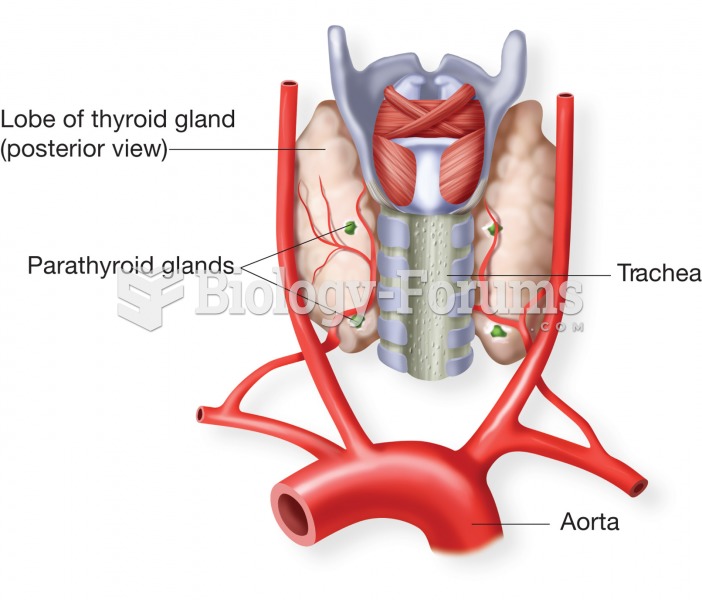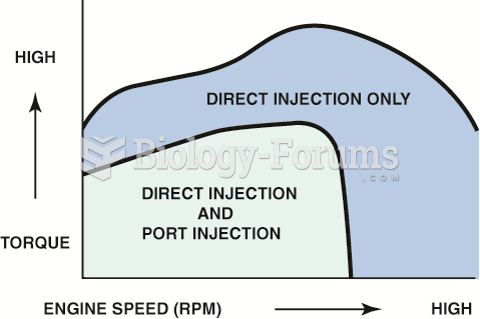|
|
|
It is important to read food labels and choose foods with low cholesterol and saturated trans fat. You should limit saturated fat to no higher than 6% of daily calories.
It is widely believed that giving a daily oral dose of aspirin to heart attack patients improves their chances of survival because the aspirin blocks the formation of new blood clots.
Children of people with alcoholism are more inclined to drink alcohol or use hard drugs. In fact, they are 400 times more likely to use hard drugs than those who do not have a family history of alcohol addiction.
Amphetamine poisoning can cause intravascular coagulation, circulatory collapse, rhabdomyolysis, ischemic colitis, acute psychosis, hyperthermia, respiratory distress syndrome, and pericarditis.
Children with strabismus (crossed eyes) can be treated. They are not able to outgrow this condition on their own, but with help, it can be more easily corrected at a younger age. It is important for infants to have eye examinations as early as possible in their development and then another at age 2 years.
 The parathyroid glands. These four glands are located on the posterior side of the thyroid gland. Th
The parathyroid glands. These four glands are located on the posterior side of the thyroid gland. Th
 To keep the foot under the center of gravity, the biped’s femur is angled from hip to knee. The quad
To keep the foot under the center of gravity, the biped’s femur is angled from hip to knee. The quad
 A fuel heater is part of the fuel filter and water separator located on the frame rail of a Ford ...
A fuel heater is part of the fuel filter and water separator located on the frame rail of a Ford ...
 A close-up showing the recessed center electrode on a spark tester. It is recessed 3/8 inch into ...
A close-up showing the recessed center electrode on a spark tester. It is recessed 3/8 inch into ...



